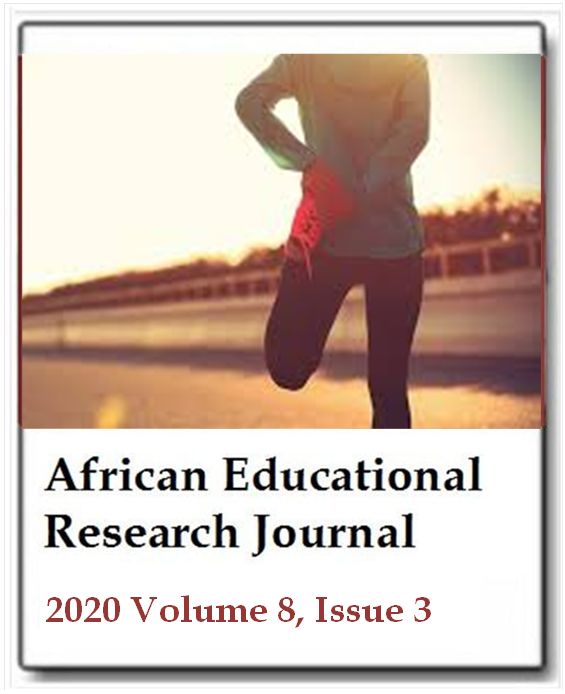Values in youth literature: The case of Bridge Books
Ferah Burgul Adıgüzel and Perihan AyazAfrican Educational Research Journal
Published: August 27 2020
Volume 8, Issue 3
Pages 551-559
DOI: https://doi.org/10.30918/AERJ.83.20.113
Abstract
The purpose of this study is to determine the root values touched upon in the youth novels in Turkish literature and their frequencies and to show the distribution of the values by the books. The youth literature books examined within the scope of the study consist of fifteen novels in the series called “Bridge Books” published by a private publishing house and selected by an author group. The research was designed as a descriptive review study. The ten root values (responsibility, love, helpfulness, self-control, respect, friendship, patience, honesty, fairness, patriotism) specified in the Curriculum for the Turkish Language and Literature course by the Ministry of National Education were identified in the novels through the sub-values of each root value. The identified values were evaluated in terms of frequency. As a result of the study, it was found that the most frequently touched upon values in the novels were “responsibility” and “love” and that these values were touched upon in all the novels analyzed in this study. It was also found that the other values touched upon in the novels were "helpfulness", "self-control", "respect", and "friendship"; and the least touched upon values were "patience", "honesty", "fairness", and "patriotism”, in order of frequency. The books containing the highest number of examples regarding the root values were found to be as follows: Sokakta Tek Başına [Alone in the Street], Attım Kapağı Yurtdışına [Sydney, Here I Come], and Leylek Havada [Wanderlust]. The Bridge Books novel series can be recommended to students by teachers due to the diversity and richness of value. Parents can read these novels to explain values to their children and to better understand their children.
Keywords: Values, youth literature, Bridge Books, literary education.
Full Text PDFThis article is published under the terms of the Creative Commons Attribution License 4.0

